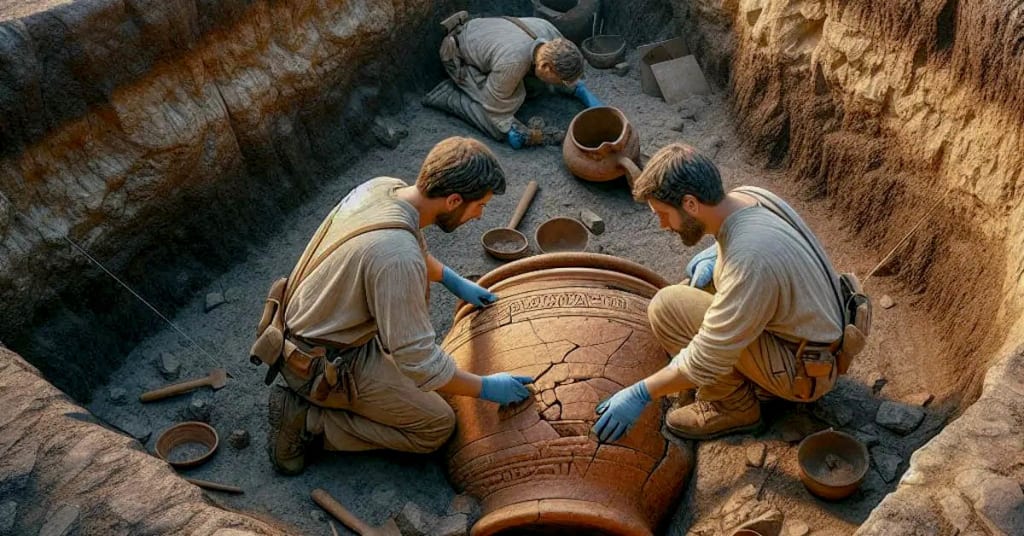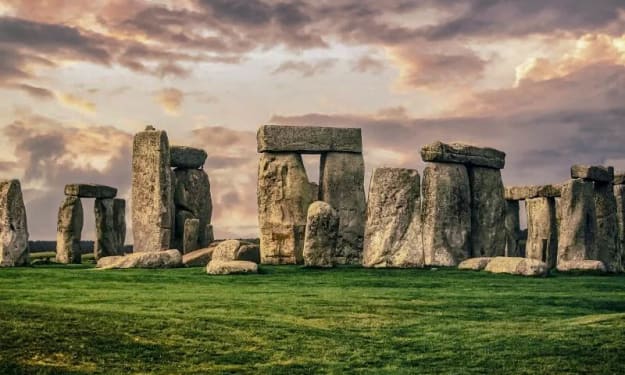Unearthing the Past:
Exploring Methodologies in Archaeology

Introduction:
Archaeology, the study of human history through the examination of material remains, relies on a variety of methodologies to uncover the secrets of the past. In this article, we delve into the fascinating world of archaeological methodologies, focusing on excavation techniques and dating methods. From the meticulous process of excavation to the innovative technologies used to determine the age of artifacts, we uncover the tools and techniques that archaeologists employ to unearth the mysteries of ancient civilizations.
Excavation Techniques:
Excavation is the primary method used by archaeologists to uncover and document archaeological sites. The process begins with surveying and mapping the site to determine its boundaries and potential areas of interest. Archaeologists then carefully excavate layers of soil and sediment, methodically recording the location and context of artifacts and features as they are uncovered.
Several excavation techniques are commonly used in archaeology, including:
Stratigraphy: Stratigraphic excavation involves digging in layers, or "strata," of soil and sediment, with each layer representing a different period of time. By carefully documenting the sequence of layers and the artifacts found within them, archaeologists can reconstruct the chronological history of a site.
Trenching: Trenching involves digging long, narrow trenches to expose the underlying features of a site, such as walls, floors, and hearths. This method allows archaeologists to examine the layout and organization of a site and identify areas for further excavation.
Test pits: Test pits are small, shallow excavations dug to sample the soil and sediment at a site. Archaeologists use test pits to assess the potential for finding artifacts and features before undertaking larger-scale excavation.
Dating Methods:
Dating methods are crucial for establishing the age of archaeological artifacts and sites, providing a chronological framework for interpreting the past. Archaeologists employ a variety of dating techniques, each suited to different types of materials and time periods. Some common dating methods include:
Radiocarbon dating: Radiocarbon dating is based on the decay of radioactive carbon isotopes in organic materials, such as bone, charcoal, and plant remains. By measuring the ratio of carbon isotopes in a sample, archaeologists can determine its age with remarkable precision.
Dendrochronology: Dendrochronology, or tree-ring dating, relies on the analysis of tree-ring patterns to establish the age of wooden artifacts and structures. By comparing the pattern of growth rings in a sample to a master chronology, archaeologists can determine the year of growth and thus the age of the artifact.
Stratigraphy: Stratigraphic dating, as mentioned earlier, relies on the principle of superposition, which states that lower layers of sediment are older than those above them. By correlating the sequence of layers at different sites, archaeologists can establish relative chronologies and identify the relative ages of artifacts and features.
Thermoluminescence dating: Thermoluminescence dating measures the amount of light emitted by minerals in ceramics and other heated materials when they are exposed to heat or sunlight. This technique can be used to determine the age of pottery, hearths, and other artifacts made from materials that were once heated.
Conclusion:
Archaeology is a dynamic and interdisciplinary field that relies on a range of methodologies to uncover the mysteries of the past. From the careful process of excavation to the innovative techniques used to determine the age of artifacts, archaeologists employ a variety of tools and techniques to piece together the puzzle of human history. By understanding the methodologies used in archaeology, we gain insights into the process of uncovering the secrets of ancient civilizations and the remarkable ingenuity of our ancestors. As we continue to unearth the past, let us honor the efforts of archaeologists past and present and celebrate the enduring legacy of human curiosity and exploration.
About the Creator
Mohamed Ali
Mohamed Ali is a passionate writer and researcher with a keen interest in exploring the complexities of human behavior and society through the lens of sociology. With a background in sociology and psychology.
Enjoyed the story? Support the Creator.
Subscribe for free to receive all their stories in your feed. You could also pledge your support or give them a one-off tip, letting them know you appreciate their work.






Comments
There are no comments for this story
Be the first to respond and start the conversation.